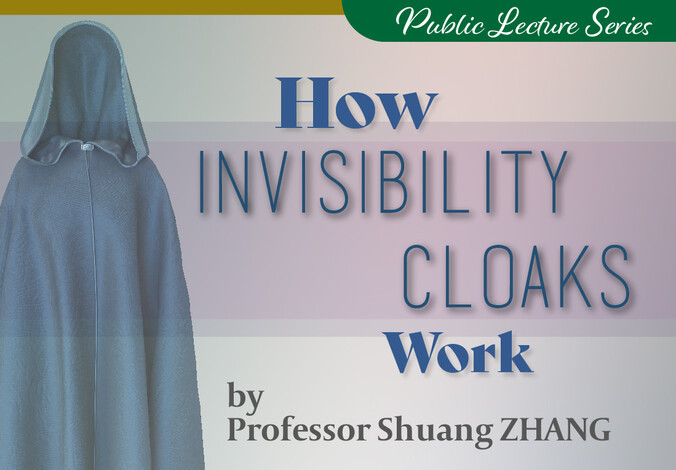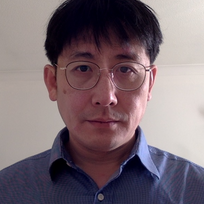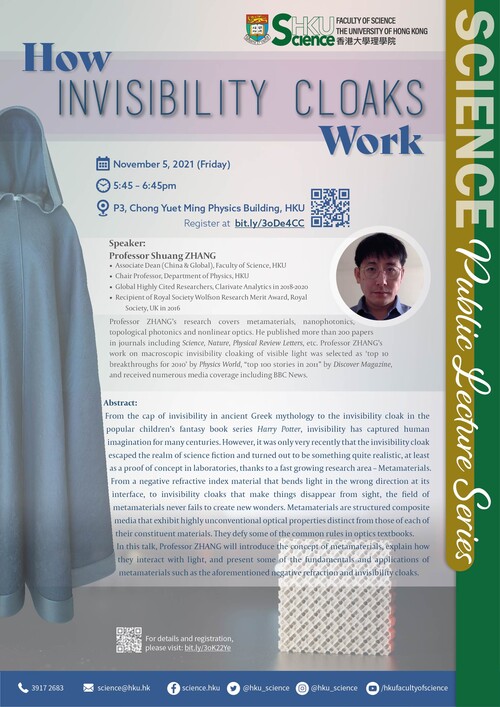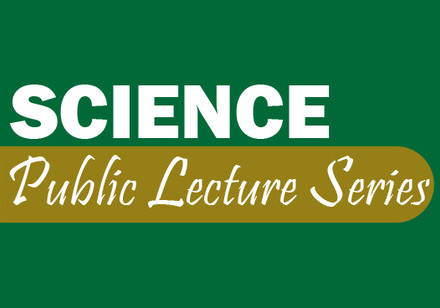
- Date & Time
- November 5, 2021 | 5:45 – 6:45pm
- Venue
- P3, Chong Yuet Ming Physics Building, The University of Hong Kong
- Speaker
- Professor Shuang ZHANG
Associate Dean (China & Global), Faculty of Science, HKU
From the cap of invisibility in ancient Greek mythology to the invisibility cloak in the popular children’s fantasy book series Harry Potter, invisibility has captured human imagination for many centuries. However, it was only very recently that the invisibility cloak escaped the realm of science fiction and turned out to be something quite realistic, at least as a proof of concept in laboratories, thanks to a fast growing research area – Metamaterials.
Playback video:

Speaker Professor Shuang ZHANG
Associate Dean (China & Global), Faculty of Science, HKU
Professor ZHANG’s research covers metamaterials, nanophotonics, topological photonics and nonlinear optics. He published more than 200 papers in journals including Science, Nature, Physical Review Letters, etc. Professor ZHANG’s work on macroscopic invisibility cloaking of visible light was selected as ‘top 10 breakthroughs for 2010’ by Physics World, “top 100 stories in 2011” by Discover Magazine, and received numerous media coverage including BBC News.




